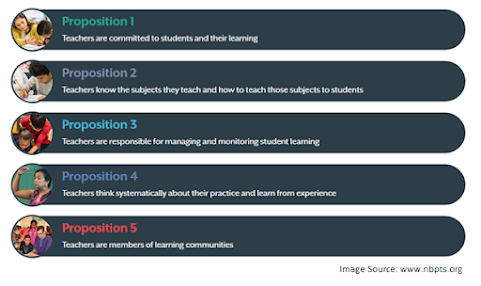The state of CALL teacher education
Although teacher training for CALL has been reported on since the 1980s, it is only in the last few years that it has become a visible subfield within CALL. A special issue of Language Learning & Technology in 2002 offered the first collection devoted to this topic. In 2005, CALICO (Computer Assisted Language Instruction Consortium) initiated a special interest group for teacher education, and a similar group was inaugurated at the EuroCALL conference in 2008. Edited volumes by Hubbard and Levy (2006) and Kassen, Levine, Murphy-Judy, and Peters (2007) combine with additional journal articles to provide a research and practice base for this domain. Teacher education is divided broadly between pre-service and in-service. Pre-service training is presently sporadic, with the majority of teacher candidates still receiving little or no formal preparation (Kessler, 2006). A set of technology standards for teachers and language learners currently being developed by TESOLis anticipated to bring this area further into the mainstream
Theory and practice in teaching project-oriented CALL
Projects and collaborations.
Perhaps the best way to develop professionally is to have a specific project in mind that integrates technology. As teachers, we already know the value of project-based learning for our students. By engaging in a specific project, rather than just looking on passively at what others are doing, the learning becomes situated and is likely to be more effective. Projects can be done independently, but projects with either local collaborators or online ones can be helpful both for the combined expertise and for the social contact they offer. It's easier to be motivated when you aren't working by yourself.

Technology standards for teacher education, credentialing, and certification
It is presumed that most of the users of An Invitation to CALL will be primarily interested in using the concepts and content of this resource to inform technology implementations in their own classes. However, it is often the case that teachers who know more about CALL than their local colleagues begin to take on the role, formally or informally, of a teacher educator. In fact, the TESOL Technology Standards for Teachers recognize different levels (basic and expert) in the performance indicators of the various standards. Hence, this section may be of interest even to those who don't see themselves in that role yet but maybe moving into that higher classification.
Mike Levy and I (Hubbard & Levy, 2006) have developed a role-based framework to delineate the field for the purposes of CALL teacher education. Specifically, we propose two types of roles for individuals engaged in CALL: institutional and functional. Institutional roles include classroom teachers, both pre-and in-service, specialists of various kinds (language lab managers, language skill area specialists, etc.), and professionals (those whose career centers on CALL). Functional roles include practitioners, developers, researchers, and trainers.
The focus of the present teacher-oriented course is illustrated in Figure 1 below, where these institutional and functional roles can be seen as two dimensions in a matrix. As the shading suggests, the focus is primarily on teachers as practitioners, making effective use of what others have produced in the way of materials and lessons. The secondary focus is on teachers as developers, not just of CALL software but of language learning activities and tasks that involve the computer. The functional roles of researcher and trainer are touched on as well, though less centrally. Note that pre-and in-service teachers are not explicitly distinguished for our purposes. However there are a number of differences that can be notable, in particular, the in-service teachers' ability to make immediate judgments regarding the relevance--and feasibility--of a given CALL application in their specific settings.
Teaching and teacher education standards






Educators need to understand how technology can support language acquisition, motivate learners, and facilitate authentic communication.
ResponderEliminarThrough technology, education can be very varied because there are a wide variety of resources with which we can create to achieve an effective commitment to education.
ResponderEliminar